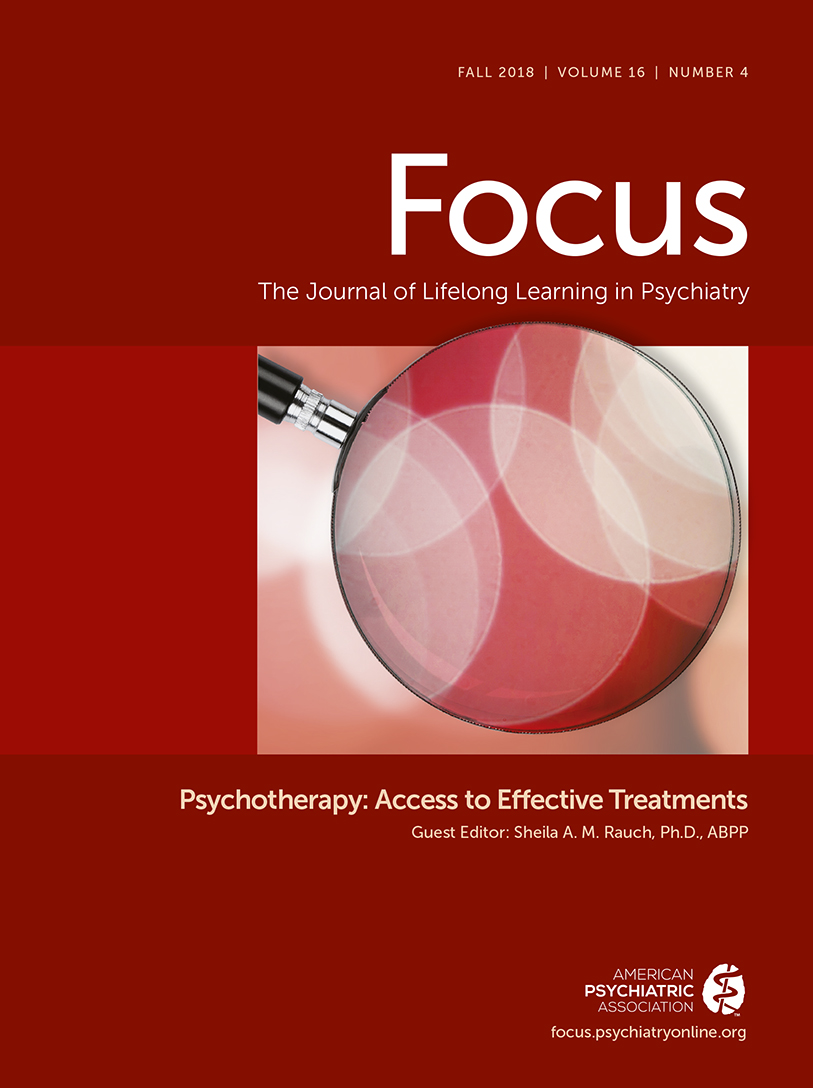The Neurobiological “Melting Pot” of Psychiatric Diagnoses
I remember, some 30 years ago while a resident in Ireland, hearing the preeminent psychiatrist Dr. John Kane giving a talk about a new antipsychotic drug called clozapine, and thinking to myself at that time, “Wow, that seems kind of important.” I’ve had a similar response to reading a recent fascinating article in Science by Gandal et al. (1). In this methodologically exemplary study, postmortem brains from patients with schizophrenia, autism spectrum disorder, alcoholism, bipolar disorder, and major depressive disorder were meticulously examined for their genes and messenger RNA profiles. Perhaps surprisingly, rather than finding selective profiles that differed across conditions, they found an overall similarity and interrelationship across the neurobiological signatures of each disorder. Transcriptome (combining both genes and mRNA) correlations were strongest for the relationship between schizophrenia and bipolar disorder (r=0.75), then between autism spectrum disorder and schizophrenia (r=0.48) and autism spectrum disorder and bipolar disorder (r=0.38). There was a modest relationship between schizophrenia and major depressive disorder (r=0.25), no meaningful relationship between alcohol and these conditions, and only a very weak relationship between bipolar disorder and major depressive disorder.
This seminal study has several important implications. First, the lack of a neurobiological relationship between alcoholism and other major mental illness is conspicuous, especially because relationships were found between the other conditions in this study. Second, the relationship between major depressive disorder and bipolar disorder is conspicuously weak. Great debate remains as to whether this relationship lies along the mood continuum or whether they are distinct, nonoverlapping disorders. In contrast to these findings, this study reports increasingly robust neurobiological associations among bipolar disorder, autism spectrum disorder, and schizophrenia. Together, these findings suggest common neurobiological elements across a range of phenocopies that differ diagnostically in both symptom and illness course. These results inform a broader discussion ongoing in psychiatry that reflects the evolving understanding of the neurobiology and nosology of psychiatric disorders.
1 : Shared molecular neuropathology across major psychiatric disorders parallels polygenic overlap. Science 2018; 359:693–697Crossref, Google Scholar



